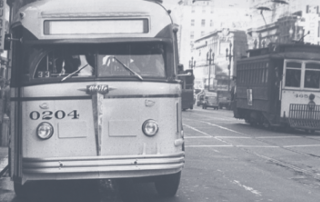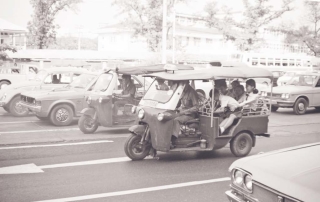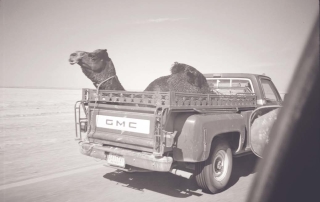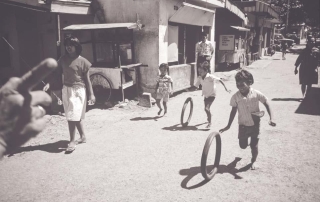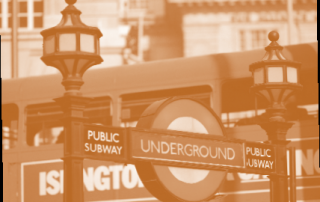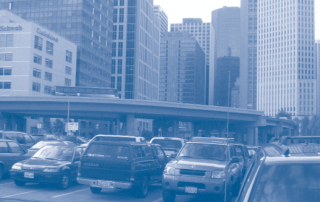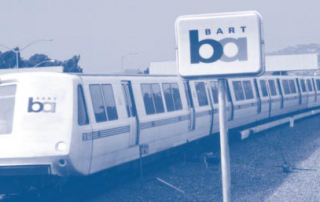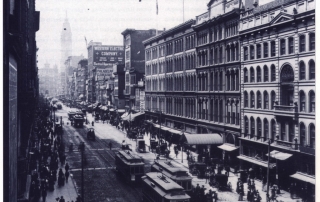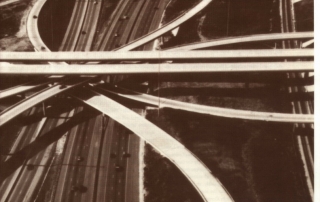Beyond the Automobile?
Sir Peter Hall
There is growing international consensus that the world needs a successor to the motor car. A deluge of commentary in recent times has alerted us all to the hazards of air pollution, traffic congestion, petroleum consumption, and now global warming. The automobile is said to be the cause of it all. Some argue that decentralization of cities and low suburban densities force people to use cars. Transportation and urban planners everywhere have been looking for remedies, preferably by finding an alternative to the car such as the bus or train.

